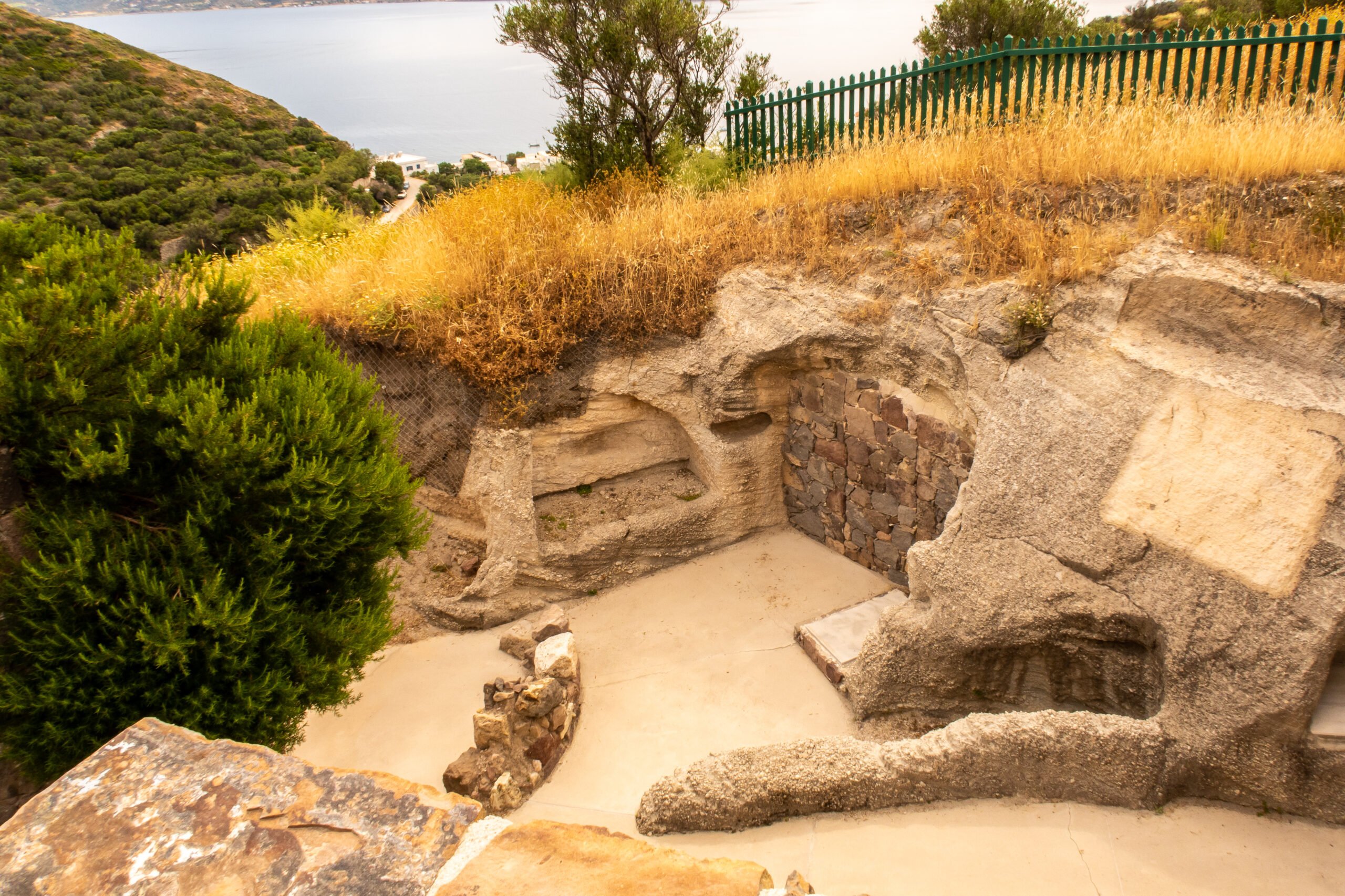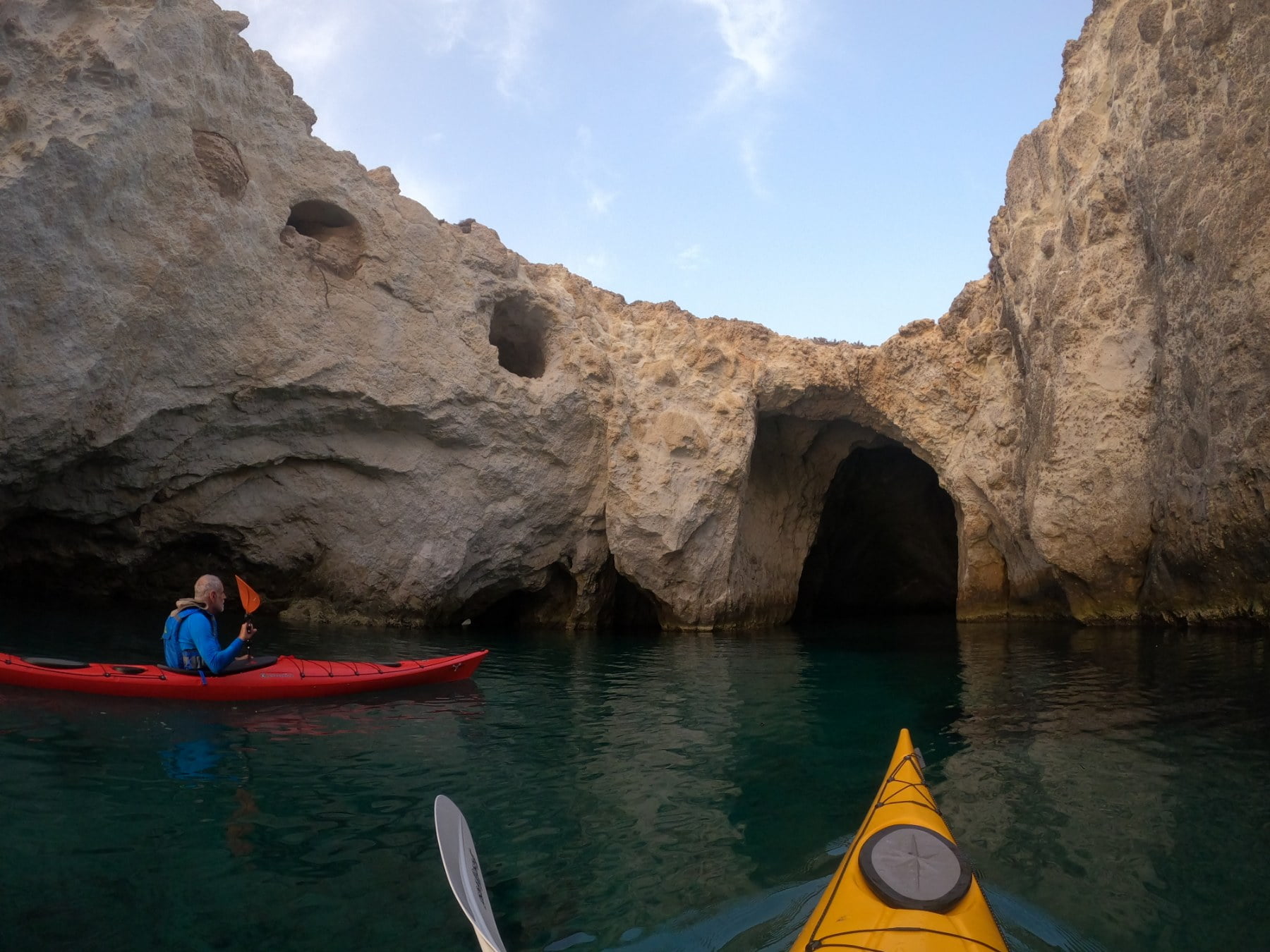Milos, an island in the Aegean Sea, is not only celebrated for its natural beauty and historical significance but also for its deep-rooted connections to Greek mythology. From its name to its ancient legends, Milos holds a special place in the mythical landscape of Greece. Here are some fascinating insights into Milos and its mythological heritage.
- The Origin of the Name “Milos”
The island’s name is believed to derive from the Greek word “milos” meaning millstone, a reference to its rich deposits of obsidian and pumice. Another legend attributes the name to Milo, a hero who is said to have settled on the island. According to mythology, Milo was the son of the river god Skamandros and was granted the island by the gods. - Aphrodite and the Venus de Milo
One of the most significant mythological connections to Milos is the discovery of the Venus de Milo, a famous statue of Aphrodite, the goddess of love and beauty. Unearthed in 1820, this statue is now one of the most iconic pieces in the Louvre Museum. The presence of this statue on Milos suggests that the island may have been a center for the worship of Aphrodite, indicating a rich tradition of mythology and religion. - The Legend of the Argonauts
Milos is also connected to the epic tale of the Argonauts. According to legend, the Argonauts, led by Jason in their quest for the Golden Fleece, stopped at Milos to resupply. The island provided them with much-needed provisions and rest during their arduous journey. - The Gods and the Volcanic Landscape
The dramatic volcanic landscape of Milos, with its hot springs and sulfur mines, was often associated with Hephaestus, the god of fire and metalworking. Ancient Greeks believed that Hephaestus’s forge was located beneath the volcanoes, where he crafted weapons for the gods. This association with Hephaestus underscores the island’s mystical and fiery character. - The Nymphs of Milos
Nymphs, minor goddesses of nature, were believed to inhabit the springs, rivers, and caves of Milos. These nymphs were considered protectors of the island’s natural beauty and were often invoked in local myths and rituals. The island’s numerous beautiful caves and hidden grottoes were thought to be the dwelling places of these ethereal beings. - Pirates and Myths
In more recent folklore, Milos’s many hidden coves and caves were said to be the haunts of pirates. Stories of buried treasure and pirate ships add a layer of myth to the island’s already rich narrative. These legends often intertwine with older mythological themes, creating a tapestry of tales that spans centuries. - The Catacombs and Early Christianity
While not purely mythological, the catacombs of Milos also contribute to the island’s storied past. These ancient burial sites, dating back to the early Christian era, are believed to have been used by early Christians fleeing persecution. The intertwining of Christian history with ancient myth adds to the island’s mystical allure.
Conclusion
Milos’s mythological connections enhance its appeal as a destination where history, legend, and natural beauty converge. Whether you are exploring the ruins of ancient settlements, admiring the Venus de Milo, or simply soaking in the island’s stunning landscapes, the myths of Milos add a captivating dimension to your journey. This blend of myth and reality makes Milos not just a place to visit, but a place to experience stories that have transcended time.
For further reading on Milos and its mythological connections, you can explore these resources:
– Greek Mythology
– Milos – Official Tourism Website
– The Louvre: Venus de Milo
This blend of myth and history makes Milos a fascinating destination for anyone interested in the legends of ancient Greece.


